Andalucia’s City-Slicker Falcons
10,000 Birds
MARCH 15, 2024
They can be challenging to identify, especially if you haven’t seen one before, though with experience they are not really so difficult. If you see a flock of kestrels in southern Europe, then the chances are that they will be Lessers, for the Common Kestrel never flocks, though occasionally in summer you will see a family hunting together.

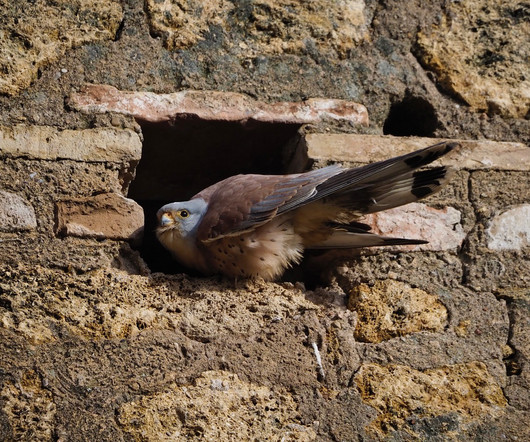

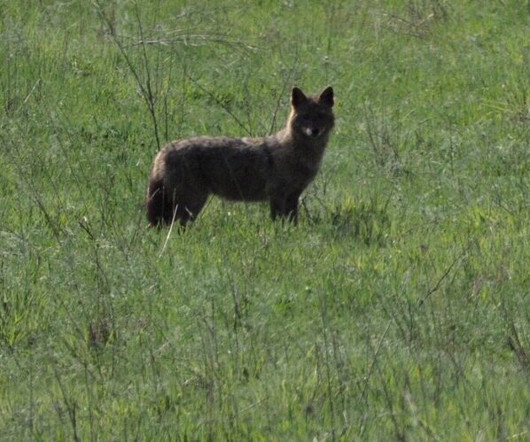
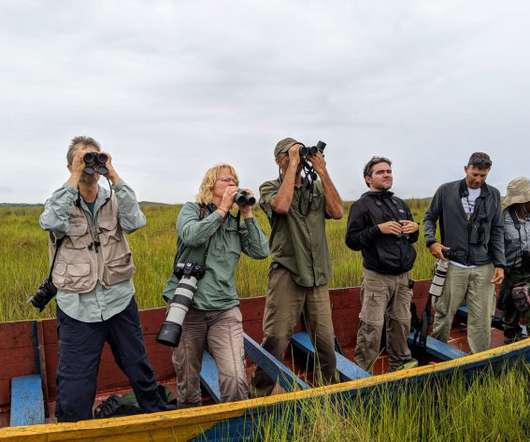
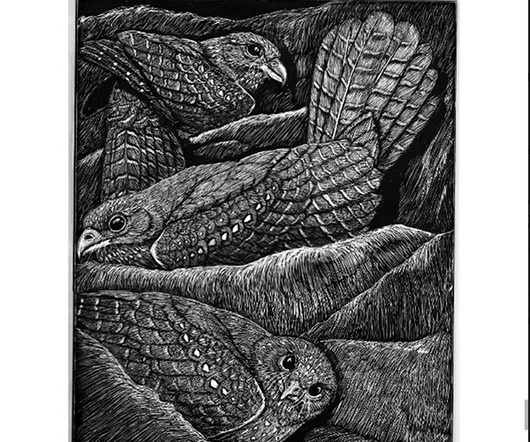
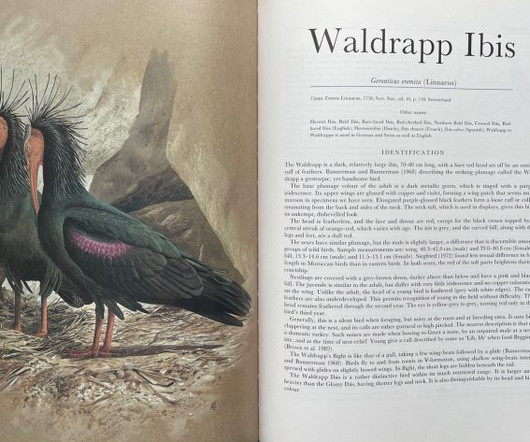




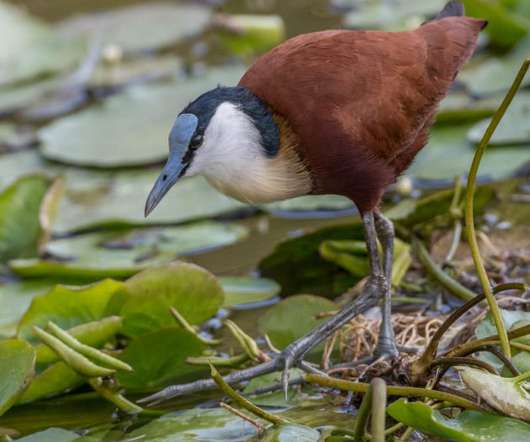





















Let's personalize your content